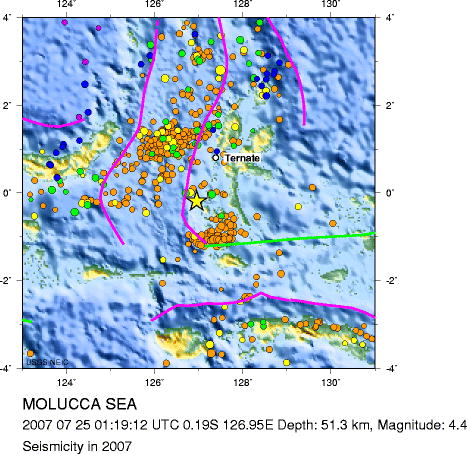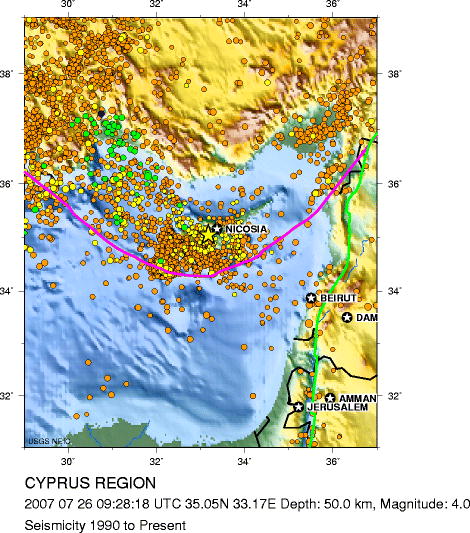


Other tools and codes developed by GEM as the Hazard Modeller’s Toolkit (HMTK, Weatherill et al., 2014) were used in the processing of the information, to assess the completeness of the catalogue and identify foreshock and aftershock sequences. bulletins, catalogues), to build and apply empirical models for harmonising magnitude scales and, ultimately, to homogenise the earthquake catalogue. This tool was used to compile the database, to explore the relation between earthquake solutions provided by different sources (i.e. Beauval et al, 2013 Grünthal and Wahlström, 2012 Grünthal et al, 2013 CEUS-SSC, 2013).įor the construction of the catalogue we used a new open-source tool recently developed at GEM (Weatherill et al., 2016). Examples of this process can be found in literature (e.g. errors assigning or classifying duplicates events). Within each of these steps, however, the decisions taken by the modeller will affect the ultimate quality of the harmonised catalogue (e.g. To harmonize the catalogue based in based rules. No type specified in CERESIS, here adopted as mb if ≤ 6.0 No type specified in CERESIS, here adopted as Ms if > 6.0ī indicates MB magnitudes in Abe, here adopted as mb K is M obtained from Io (Gutenberg&Richter, 1956), here adopted as Ms M is defined as ML in CERESIS, here adopted as Ms Mw from modern studies or inversion intensity methods (B&W, 1997) The geographical distribution of events into the study region for major input sources described above is presented in the next figures:


 0 kommentar(er)
0 kommentar(er)
